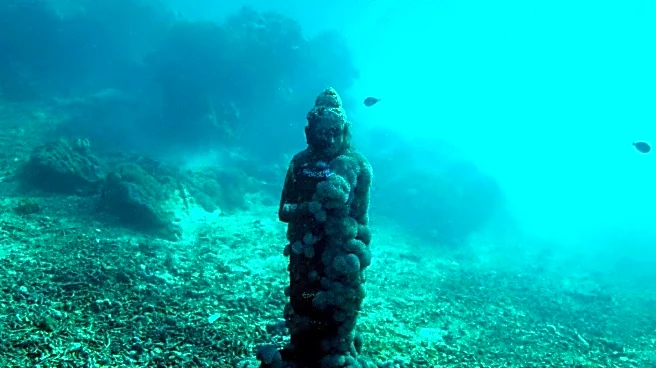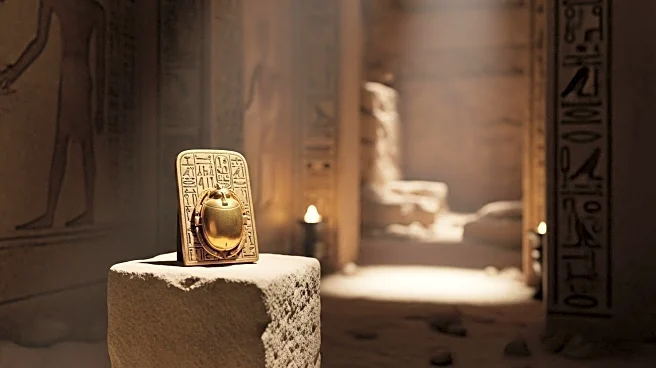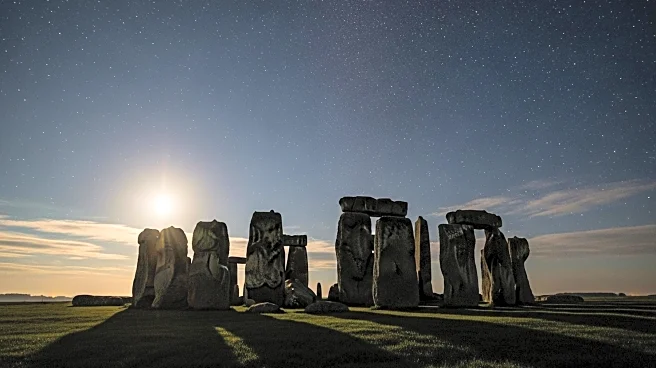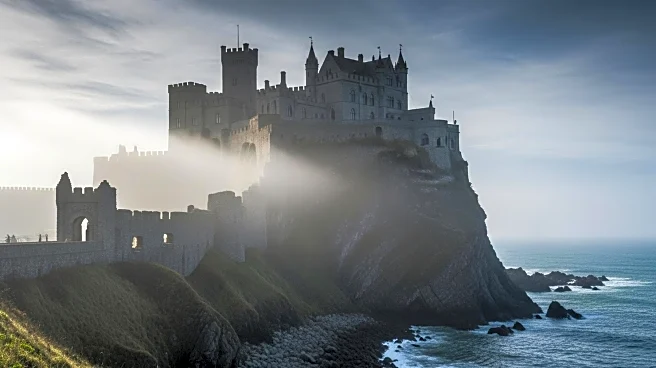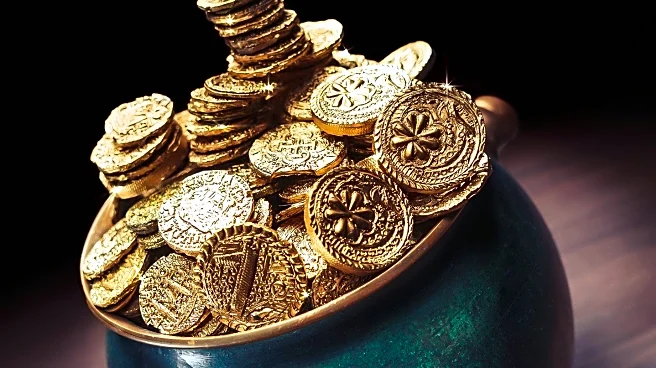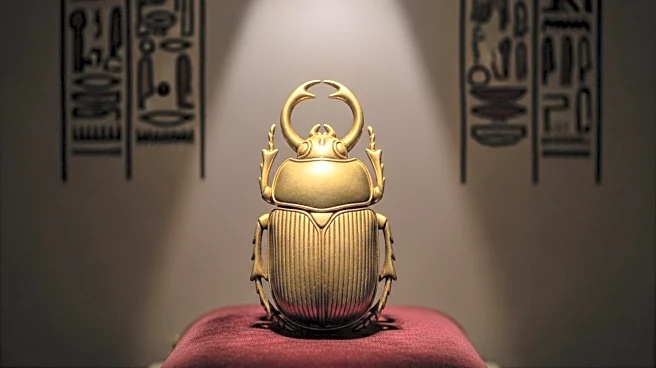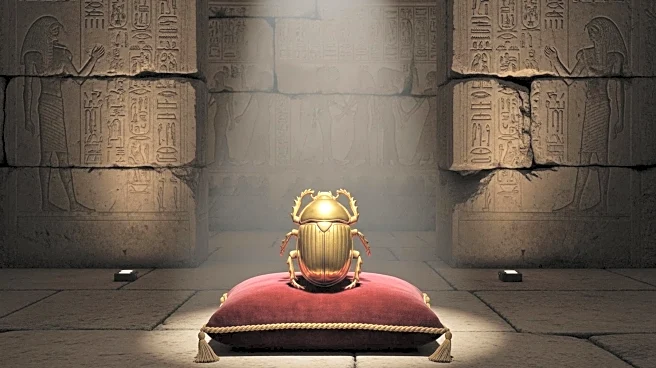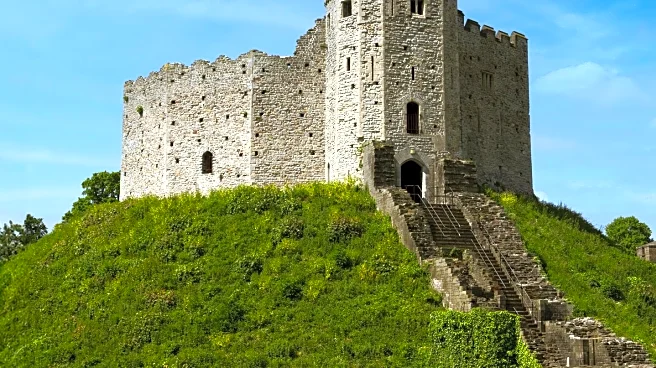What's Happening?
A rare hoard of 22 bronze coins, dating back over 1,600 years, has been discovered in the Hukok hiding complex in Galilee. The coins were found in a crevice within an underground network of tunnels used by Jewish residents during the Great Revolt and later during the Bar-Kochba Revolt. The coins, bearing the visages of Emperors Constantius II and Constans I, provide evidence of the Gallus Revolt, the last Jewish rebellion under Roman rule.
Why It's Important?
This discovery offers unique insights into the historical context of Jewish resistance against Roman rule, highlighting the resilience and determination of Jewish communities in maintaining their identity. The coins serve as a tangible connection to the past, enriching our understanding of the socio-political dynamics during the Roman period in the Land of Israel. The find also underscores the importance of archaeological research in uncovering hidden aspects of history and cultural heritage.
What's Next?
The Hukok site is set to become a major tourist attraction, with plans to develop it into a well-organized archaeological site. The discovery will be presented at an upcoming conference, furthering academic discussion and public interest in the region's history. Continued excavation and conservation efforts will aim to preserve and showcase the site's historical significance.

